Title: Unveiling the Precision: A Comprehensive Guide to Mouth Mirrors in Dentistry
In the realm of modern dentistry, precision and clarity are paramount. Among the many tools at a dentist’s disposal, mouth mirrors stand as a vital instrument. In this article, we will explore the design, usage, types, and proper handling and care instructions for mouth mirrors, which aid dental practitioners in providing top-quality care to their patients.
Design and Structure
Mouth mirrors are meticulously crafted instruments composed of three primary components: the handle, the shank, and the mirror head. The handle offers a comfortable grip for dentists and dental hygienists, while the shank connects the handle to the mirror head. The mirror head itself is a small, reflective surface made of high-quality glass or metal, designed to provide a clear view of the patient’s oral cavity.
Usage of Mouth Mirrors
Mouth mirrors serve a multitude of essential functions in dental practice:
- Visualization: Mouth mirrors allow dental professionals to see areas within the mouth that are difficult to view directly, such as the back of the molars or hidden surfaces.
- Illumination: They reflect light onto specific areas, ensuring optimal visibility during examinations and procedures.
- Retraction: Mouth mirrors can gently move soft tissues, such as the tongue or cheeks, to create a better view of the teeth and gums.
Types of Mouth Mirrors
Dentists can choose from various mouth mirrors based on their specific needs:
- Front-Surface Mirrors: These mirrors have a reflective coating on the front surface, reducing image distortion and providing clear, accurate reflections.
- Concave Mirrors: Concave mirrors are primarily used for indirect vision, enabling dental practitioners to see around corners and access hidden areas.
- Disposable Mirrors: Designed for infection control, disposable mirrors are single-use instruments that minimize the risk of cross-contamination.
Handling and Care Instructions
To ensure the longevity and effectiveness of mouth mirrors, proper handling and care are essential:
- Cleaning: After each use, clean the mouth mirror with a non-abrasive, non-corrosive solution to remove debris and stains. Avoid harsh chemicals that may damage the reflective surface.
- Sterilization: Sterilize the mouth mirror before each use to prevent cross-contamination. Common methods include autoclaving or chemical sterilization.
- Gentle Handling: Handle mouth mirrors with care to prevent damage or breakage, as they are sensitive instruments.
- Regular Inspection: Periodically inspect mirrors for signs of wear, scratches, or a loss of reflectivity. Replace damaged mirrors promptly to maintain accurate visualizations.
In conclusion, mouth mirrors are indispensable tools in the dental profession, contributing to precision and accuracy in examinations and procedures. Understanding their design, usage, types, and proper handling and care instructions is crucial for maintaining high standards of patient care and safety in dental practices.


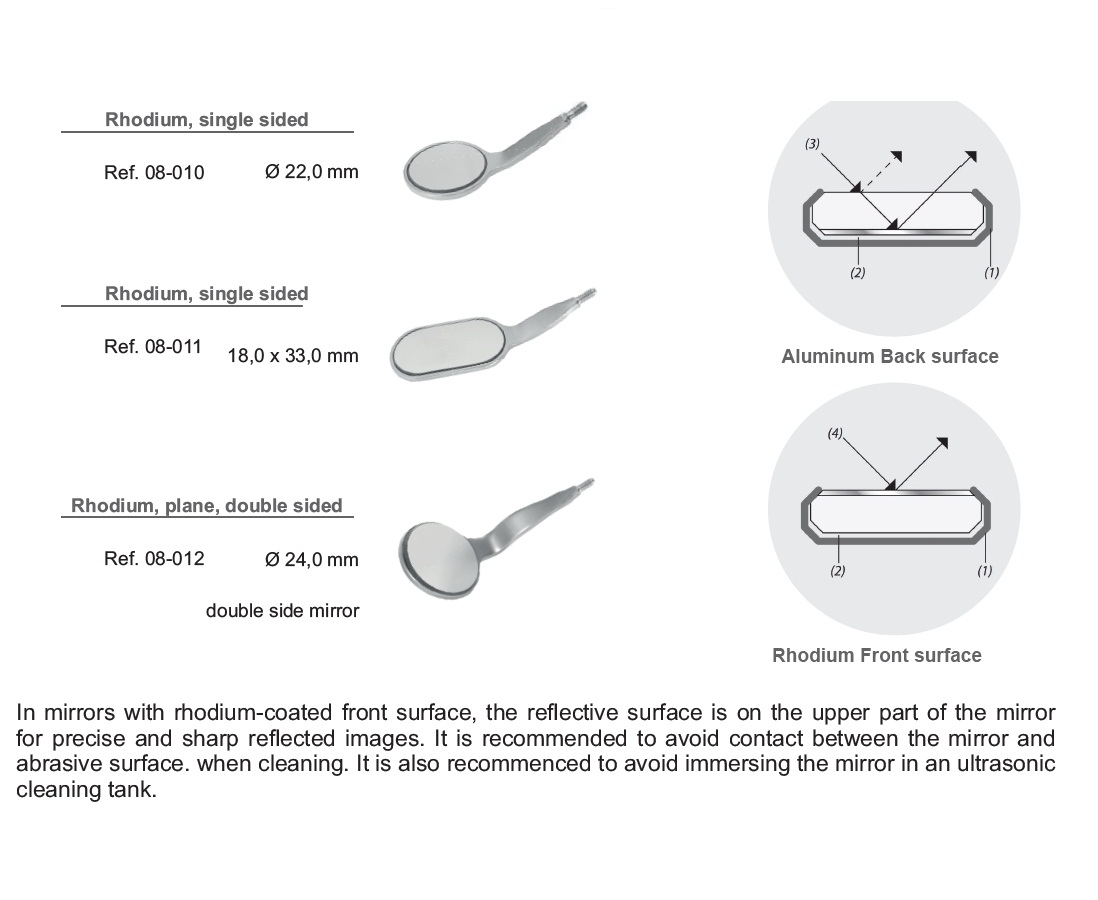
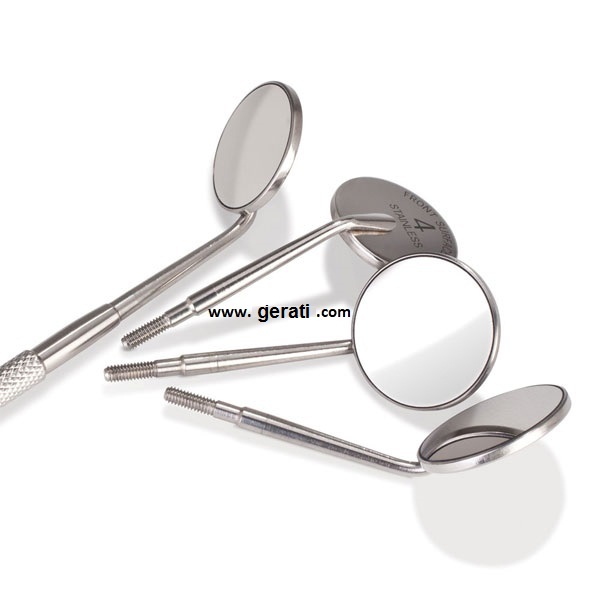
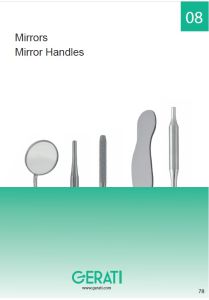
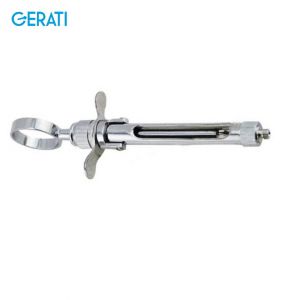
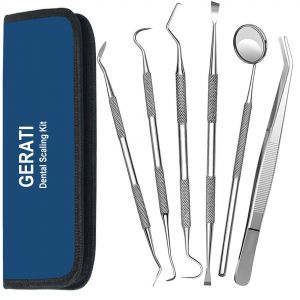
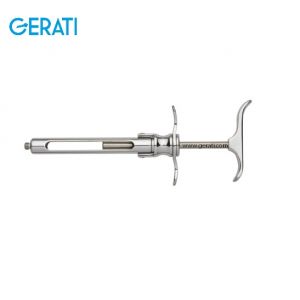
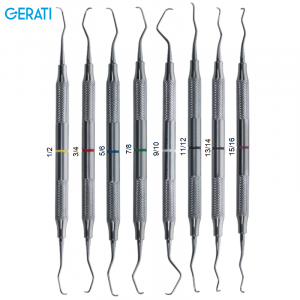
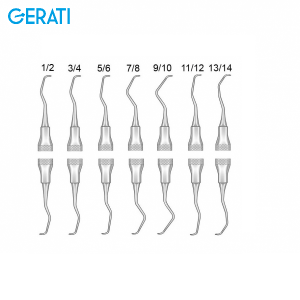
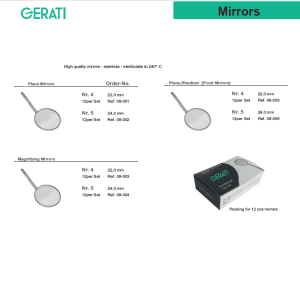
Reviews
There are no reviews yet.